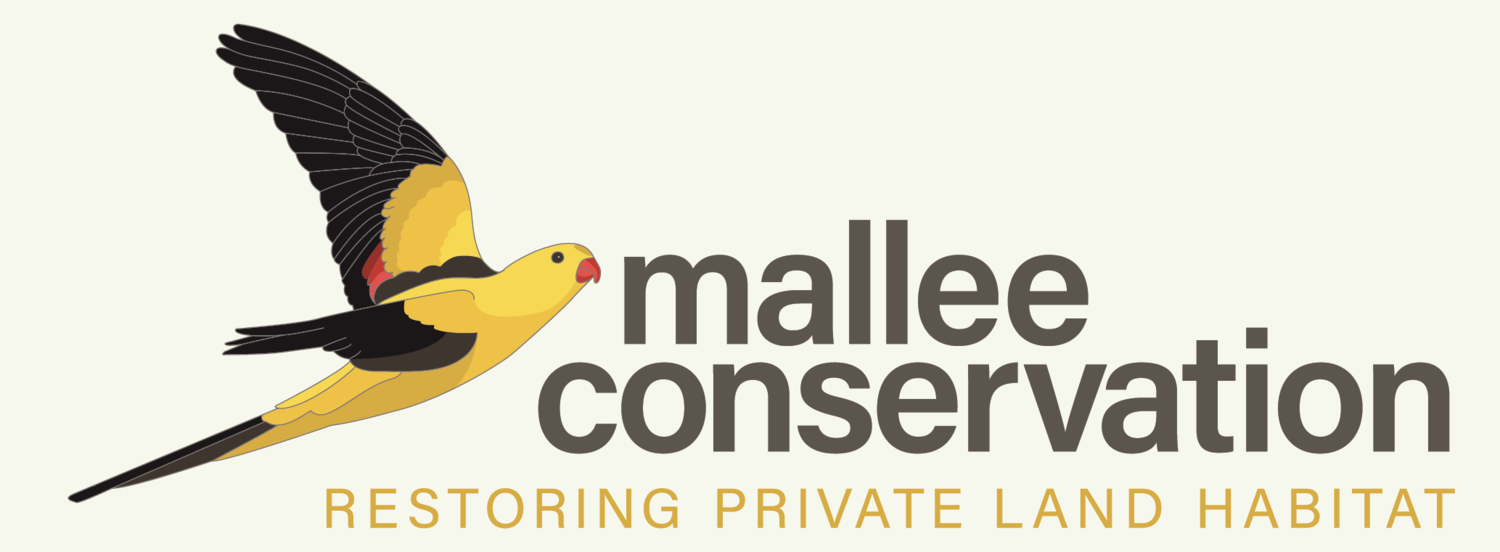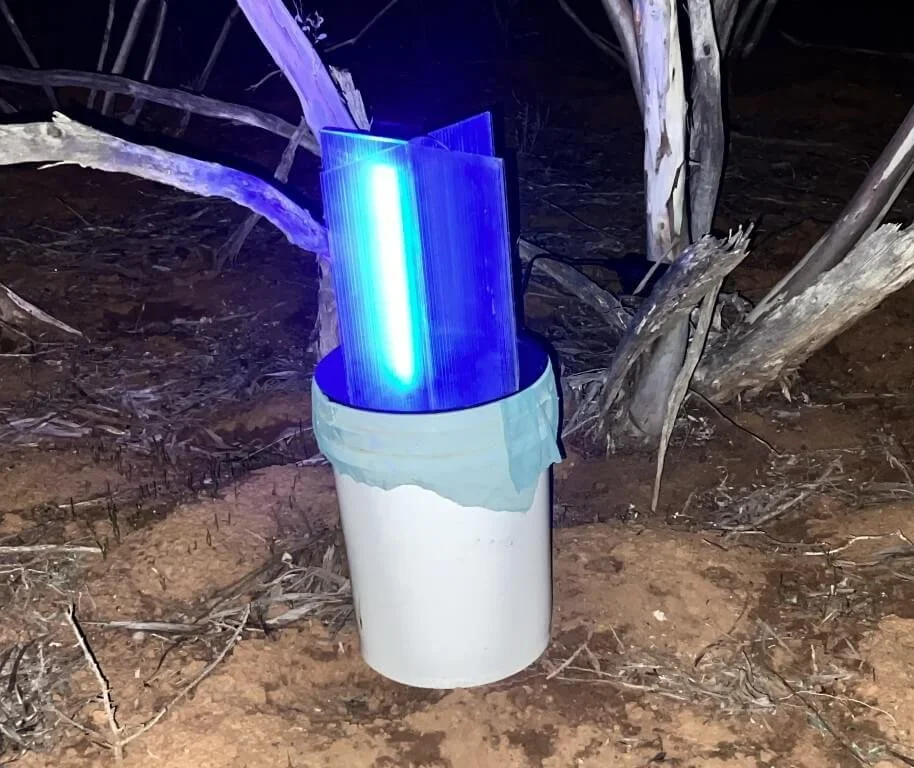The moths are flying!
The Mallee Looper moths are beginning to emerge from their underground pupae (Why do we care? Read this). Over the past three nights, I’ve averaged just over two moths per trap per night in my five traps. But these are still low numbers. The peak is yet to come.
One of my fancy moth traps, on loan from South Australia. Phil has modified it to include a light-sensitive switch. It turns the moth-attracting light on at dusk and off at dawn.
South Australian ecologists have been researching Mallee Loopers for a few years. They warned me about a sharp spike in moth numbers in late November - December. In 2022, the peak was at the end of November with a duration of two weeks. In 2023, the peak was in December for around one week. At those times, up to 700 moths have been caught in one trap in a single night! (1) Ugh. I do not want to see that.
Can you help trap moths?
So, looks like a busy few weeks coming up for me! If you are interested in hosting a moth trap, I still have a few free ones to give away. If you live near a patch of Mallee Eucalypts and are willing to count moths, I'd love to hear from you!.
You’ll be asked to set up the supplied moth trap for at least three nights when moth numbers are peaking (doesn't need to be consecutive). It needs to be set in the evening and then checked early in the morning. The trap is a moth attracting light, a funnel and a bucket. Moths are attracted to the light, then fall through the funnel into the bucket, where they wait patiently to be released in the morning. The trap doesn't kill them and all I need from you is a count of how many Mallee Looper moths are in the bucket after each night (identification guide supplied).
Below you can see the parts of the moth trap, the trap set up, and the bounty of moths you’ll find in the morning.
Citizen scientists change the world
Since starting this moth-trapping caper back in August, I’ve posted 116 observations to iNaturalist. None of these were the Mallee Looper moths that I was looking for, just lots of other cool critters. My observations weren’t wasted though. They went to other citizen science programs like Bogong Moth Tracker, Bug Hunt, and Christmas Beetle Count.
Truly, citizen scientists are doing the heavy lifting these days. Recently, Yellow-legged Hornets were found in New Zealand. These are the aggressive ones that will attack people from hundreds of meters away (2). Think Tracker Jackers in the Hunger Games.
Turns out previously successful eradication from places like Majorca relied heavily on citizen science (3): “The consensus … is that public participation in large-scale biodiversity monitoring and identification (such as via iNaturalist) may be the best resource for early detection, especially when coordinated with governmental programmes. One analysis of reported invasive species detections found that agency-led monitoring detected 32–56% of new pests, while public or independent sources detected 27–60%”.
But … keeping on task. Here’s some photos of the variation in Mallee Looper moths:
References
Galligan, T. (2024) Mallee Looper investigation 2023/24. Murraylands and Riverlands Landscape Protection Board.
Lester, P. (2025) A deadly hornet has reached NZ – we can all help stop its spread. The Conversation, 4 November 2025.
Lester, P. (2025) Recent advances and avenues for the pest management of invasive social wasps and hornets. Current Opinion in Insect Science 68.
This project of the Regional Drought Resilience Planning program is jointly funded through the Australian Government’s Future Drought Fund, the Victoria Government and the Natural Resources Conservation Trust.










